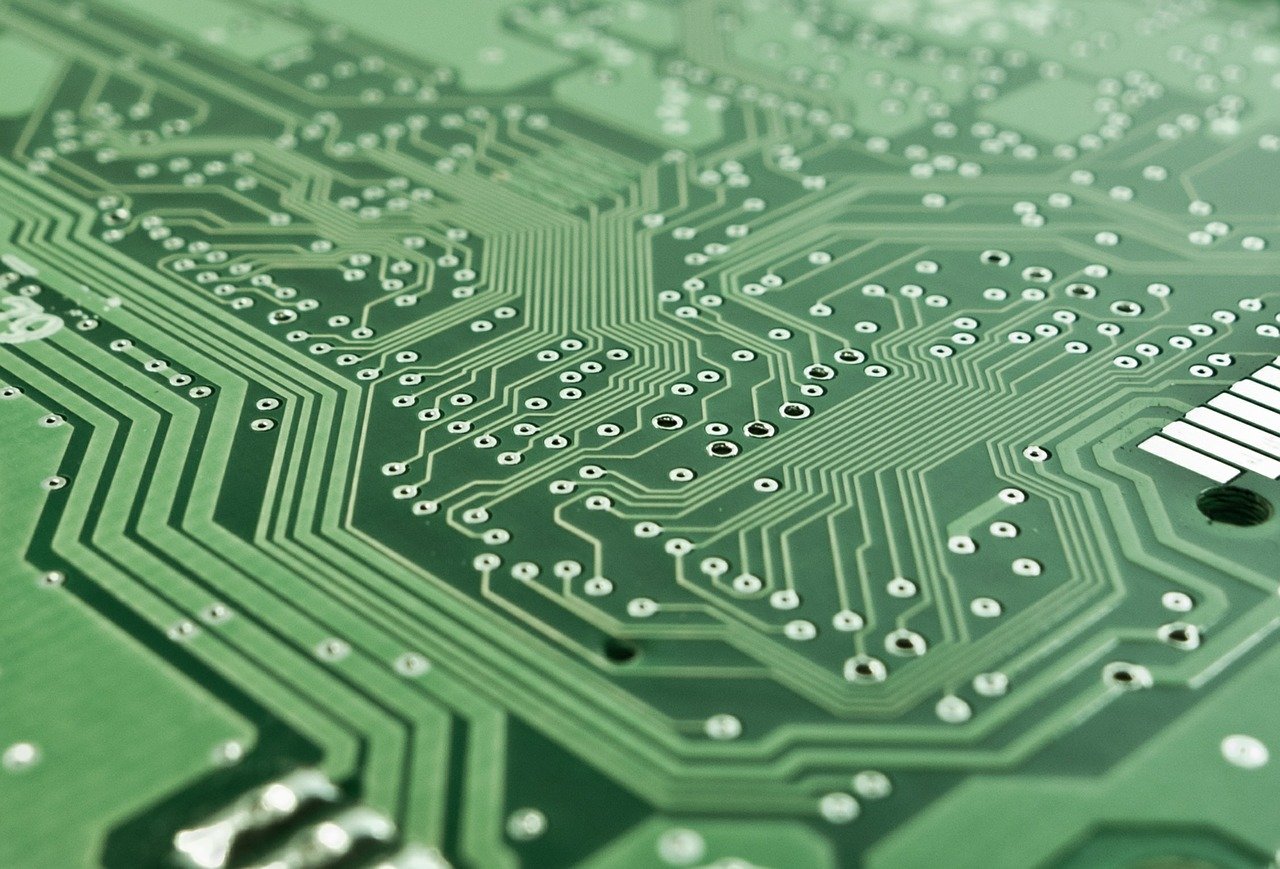
Electronics contract manufacturer Foxconn has announced that all of its major factories in mainland China are back to normal operations.
Taiwan-based Foxconn, which is the main assembler of Apple products, including the iPhone and iPad, said that its major factories in China are back to normal again after shutting down earlier this year due to the coronavirus pandemic.
Effects of earlier shutdown on Foxconn
Foxconn's factories in China were forced to close down in late January as most of the country were placed on lock down to prevent the spread of the virus. Much of the manufacturer's business were impacted by the closures.
According to brokerage firm KGI Asia, around 75% of the company's production capacity is in mainland China. As a result of the closures, profits were pushed down for Foxconn, formally known as Hon Hai Precision Industry.
The firm reported an operating profit of $151 million for the first quarter of the year, representing a dramatic decline by 72% compared to the previous year.
Foxconn Chairman Liu Young-Way attributed the decrease in profit to government restrictions globally as well as surging unemployment.
Liu said these factors "has impacted consumer demand significantly" and that the company's smartphone and consumer products division is expecting to see a tough second quarter.
Pertaining to the outlook for the second half of the year, the chairman said: "It's still unclear for us what is going to happen."
Carry-over effects on electronics brands
Aside from Apple, Foxconn also provides manufacturing services for several other companies, including Microsoft, Dell, and Sony.
Earlier this week, Sony announced that its net profit fell by 86% to $118 million while its revenue dropped by 18%. The company attributed the declines to supply chain disruptions that hurt its electronics business in the first quarter of the year.
However, Apple has performed relatively steady so far, reporting a more than expected increase in revenue for the quarter. However, it was still far below the guidance the company gave prior to the pandemic.
Apple introduces new iPhone SE
In mid-April, Apple announced a new version of its iPhone SE model, which it discontinued in 2018, to tap into the mid-range market.
The new iPhone SE looks similar to the 2017 iPhone 8 in form and has a 4.7-inch screen, and a fingerprint ID sensor but has no depth camera for facial recognition. It features the same processor as the flagship iPhone 11 but no multiple rear cameras.
The device is capable of wireless charging and its rear-facing camera’s resolution is 12 megapixels. It can still create background blur in portrait photos, despite lacking a second lens while the selfie camera is 7 megapixels.
The new handset is priced similarly as the original iPhone SE in the US but will cost higher in other markets. The new iPhone SE can be availed for $399 in the US and £419 in the UK.
According to Dan Iver of Wedbush Securities, the availability of a mid-range phone could help Apple compete for new customers against rivals including Samsung and Google, which have a strong positioning in that particular market segment.
Apple warned in February that the coronavirus lockdown in China would affect the production of iPhones and pull down sales. Currently, physical stores selling mobile phones in various countries remain closed, including Apple’s flagship stores.
However, Iver forecasts the iPhone SE to reach sales of between 20 million and 25 million units in the first six to nine months.






